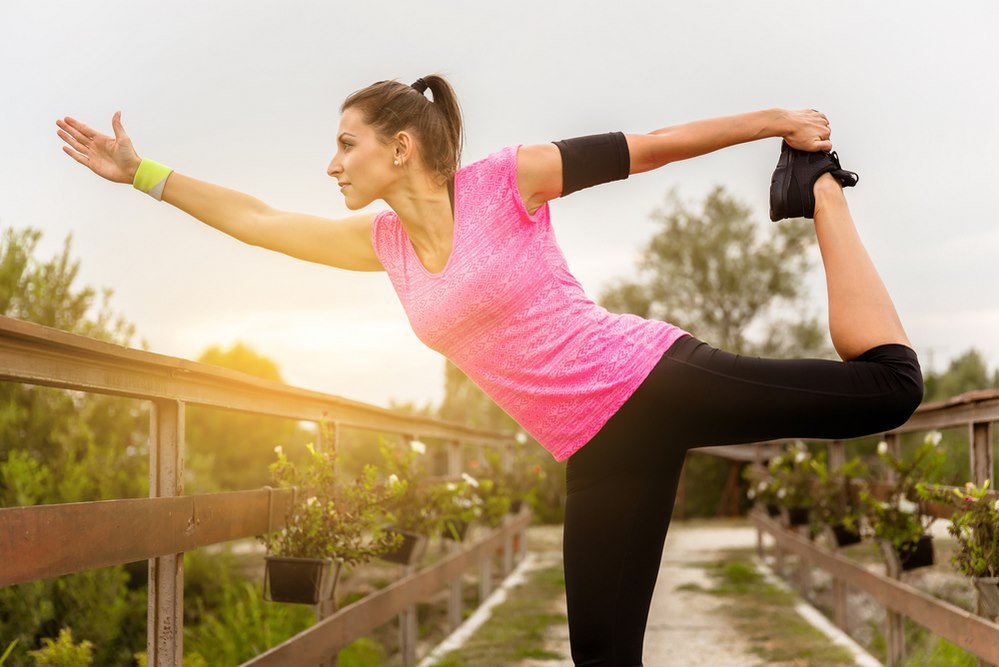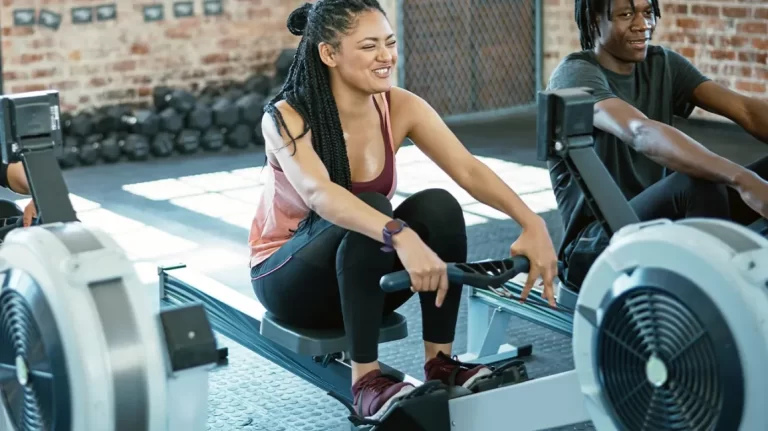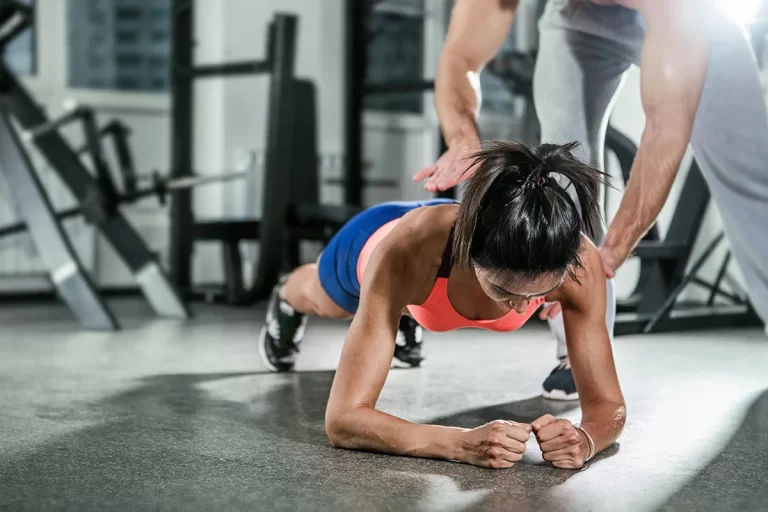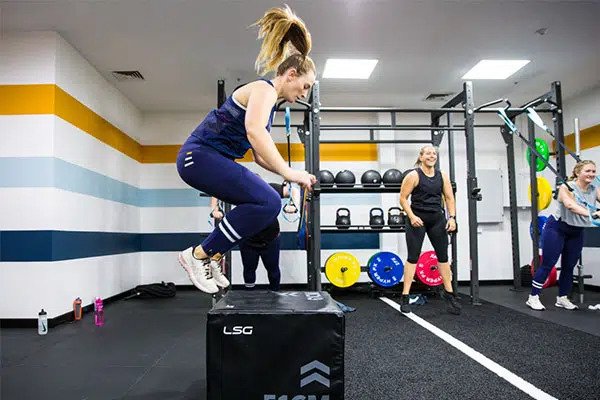How to Improve Your Flexibility?
Flexibility is much more than being able to touch your toes or contort into yoga poses. It plays a key role in overall health and fitness, influencing how you move, perform, and even recover. Whether you’re a fitness enthusiast, an athlete, or just someone looking to improve their range of motion, developing flexibility is a game-changer.
This guide dives into what flexibility is, why it’s important, and how you can improve it with simple, effective strategies. By the end, you’ll have a roadmap to incorporate flexibility practices into your life, along with tips tailored to your goals.
The Science of Flexibility
Have you noticed how some people can easily do splits while others struggle with even basic stretches? The secret lies in flexibility—your muscles’ and joints’ ability to move freely through a full range of motion.
Stretching impacts the muscle fibers and surrounding connective tissues, making them more elastic. It also helps lengthen the muscles and reduces stiffness, allowing for smoother, more controlled movements.
From a health perspective, flexibility protects your muscles from overuse, minimizes soreness, and lowers injury risk. Whether you’re lifting weights, running, or doing daily chores, flexibility ensures that your body works as efficiently as possible.
Assessing Your Current Flexibility
Before jumping into flexibility training, it’s a good idea to know where you stand. Here are simple assessments you can do at home to measure your flexibility:
- Sit-and-Reach Test: Sit on the floor, legs extended, and reach forward as far as you can. This tests hamstring and lower back flexibility.
- Shoulder Flexibility Test: Reach one arm over your shoulder and the other behind your back. Can your fingers touch? If not, you may have tight shoulders.
- Hip Flexibility Test: Lie on your back and pull one knee toward your chest while keeping the other leg flat. Tightness in your hip flexors might limit your range during exercises like squats or lunges.
Tracking your progress over time will help you see what’s improving and where to focus.
Strategies for Improving Flexibility
Improving flexibility doesn’t require endless hours of stretching. With the right approach, you’ll see progress faster than you think.
Dynamic vs. Static Stretching
Both types of stretching have their place in your routine.
- Dynamic Stretching involves active movements that take your muscles and joints through their full range of motion. Think arm circles, leg swings, or gentle lunges. These are perfect as part of your warm-up since they increase blood flow and prepare your body for movement.
- Static Stretching involves holding stretches in a fixed position for 20-30 seconds, like a seated forward fold or a butterfly stretch. These are most effective post-workout when your muscles are warm and pliable.
Try Yoga or Pilates
Both yoga and Pilates are excellent for flexibility. Yoga focuses on deep stretches, breathing, and mindfulness, while Pilates emphasizes core strength paired with controlled, flowing movements. Adding one or both to your weekly routine can greatly enhance your flexibility while promoting better posture and balance.
Build a Stretching Habit
Consistency matters. Incorporate stretching into your daily routine, even for just 10-15 minutes. You could pair it with your cool-down after workouts or use it as a morning ritual to energize your body. Setting a schedule ensures you stick with it over the long term.
Nutrition and Flexibility
Flexibility isn’t just about movement—what you put into your body matters, too.
Essential Nutrients
- Protein aids in muscle repair and recovery, an essential part of improving flexibility.
- Omega-3 Fatty Acids combat inflammation, helping muscles stay healthy and supple.
- Magnesium supports muscle relaxation, while Vitamin D strengthens bones and promotes muscle function.
Hydration Matters
Water keeps your muscles hydrated and prevents cramping. Aim to drink throughout the day, especially before and after stretching or exercise sessions. Dehydration can make muscles stiff and harder to work with.
Flexibility and Injury Prevention
One of the biggest advantages of flexibility is the role it plays in injury prevention. Stretching doesn’t just loosen your muscles—it helps balance joint alignment, which reduces the stress placed on your body during physical activities.
Studies show that flexible muscles and joints create a more stable base for movement, lowering the risk of sprains, strains, or overuse injuries. Improved flexibility also aids recovery, whether you’re bouncing back from a tough workout or an existing injury.
For instance, athletes recovering from hamstring strains often incorporate targeted stretching to rebuild range of motion and prevent re-injury.
Flexibility in Different Sports and Activities
Different activities demand varying levels of flexibility. Tailoring your routine to suit your lifestyle or sport is an effective way to see quick results.
- Running: Focus on hamstrings, calves, and hip flexors with stretches like lunges or downward dog.
- Weightlifting: Improve shoulder, back, and hip flexibility to maintain proper form and reduce injury risk.
- Martial Arts or Dance: These require dynamic flexibility, so prioritize movements that enhance fluidity and range.
Targeting the muscles and movements specific to your activity will help you perform better while reducing the likelihood of strain.
Take Your Flexibility to the Next Level
Flexibility is more than an afterthought—it’s a core component of health, fitness, and injury prevention. With consistent stretching, a focus on nutrition, and integrating practices like yoga or dynamic movements, you’ll start noticing positive changes in your range of motion and how your body feels overall.
The best part? Flexibility isn’t about achieving perfection. It’s about progress and giving your body the care it deserves. Start small, stay consistent, and celebrate every step forward.
Which strategy are you trying first? Share your flexibility goals or experiences in the comments—we’d love to hear from you!







